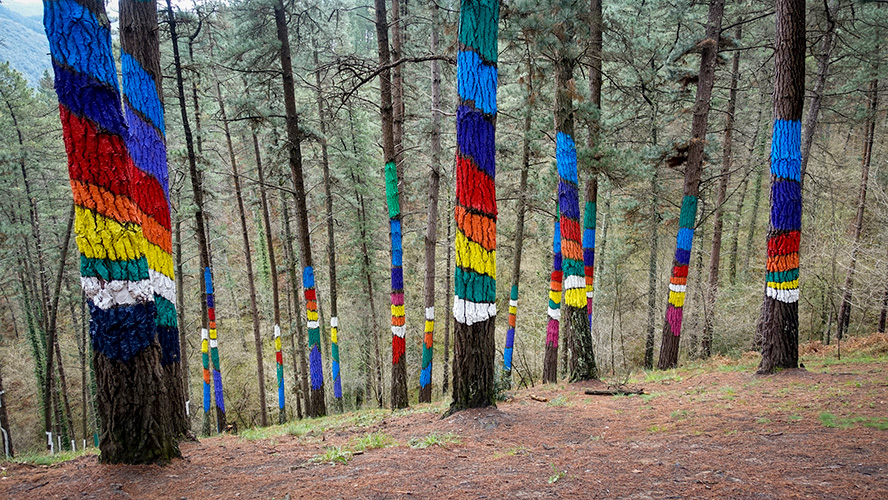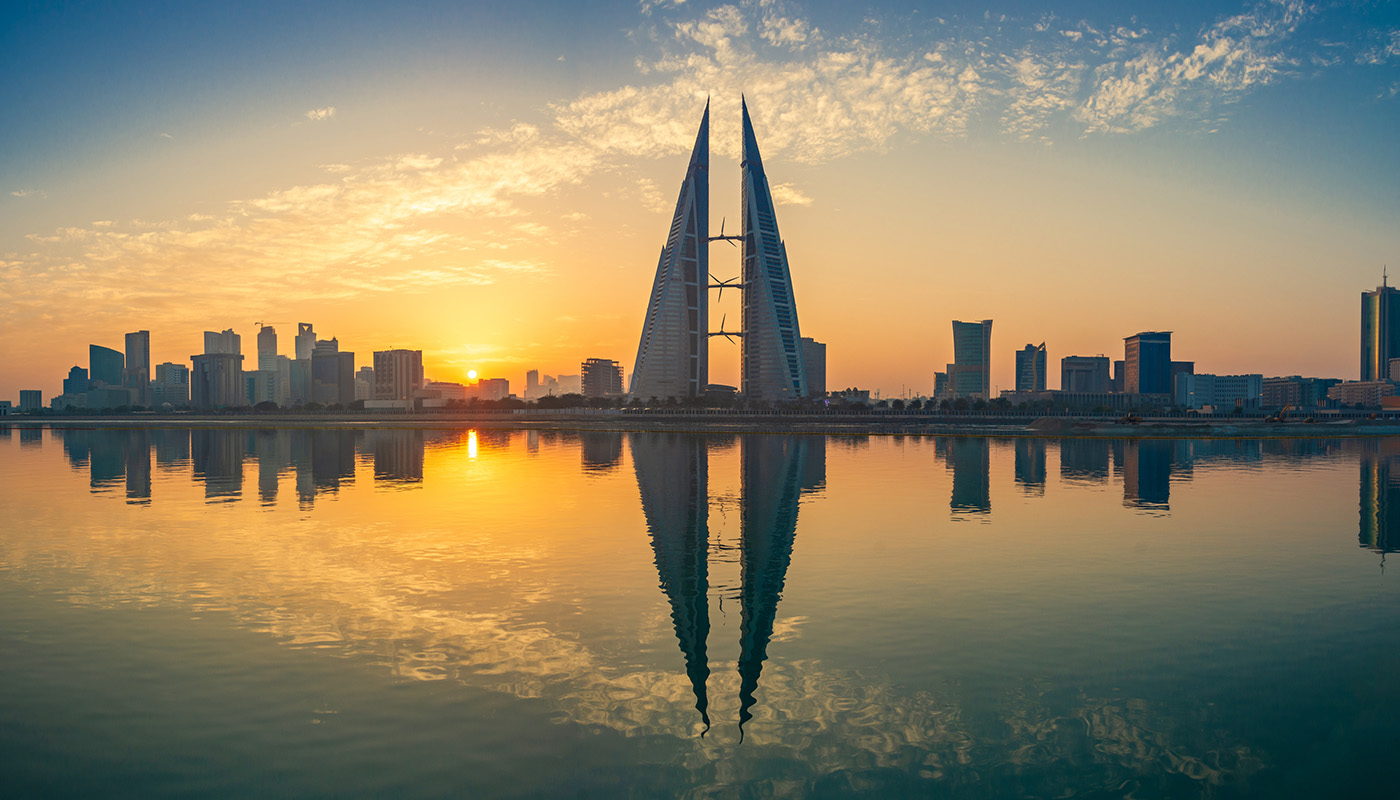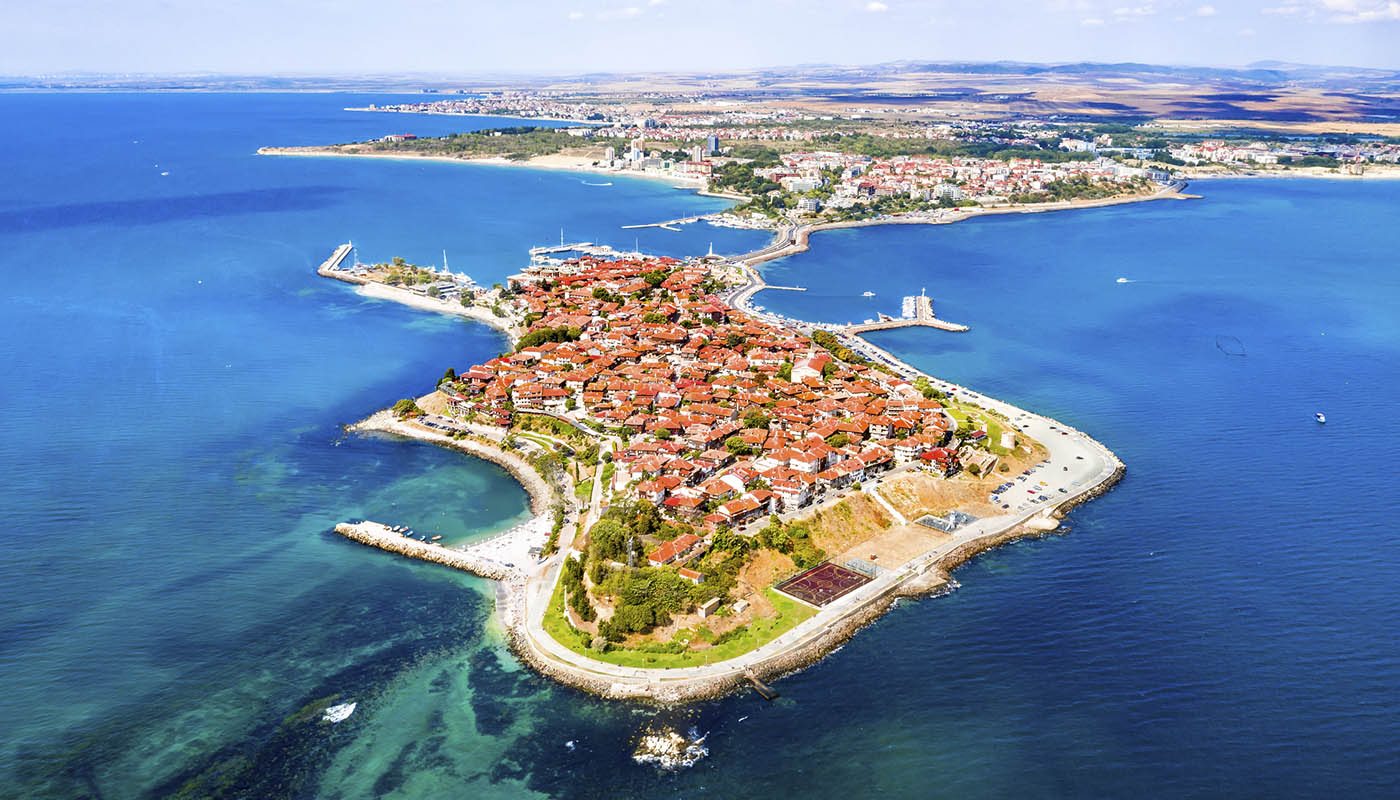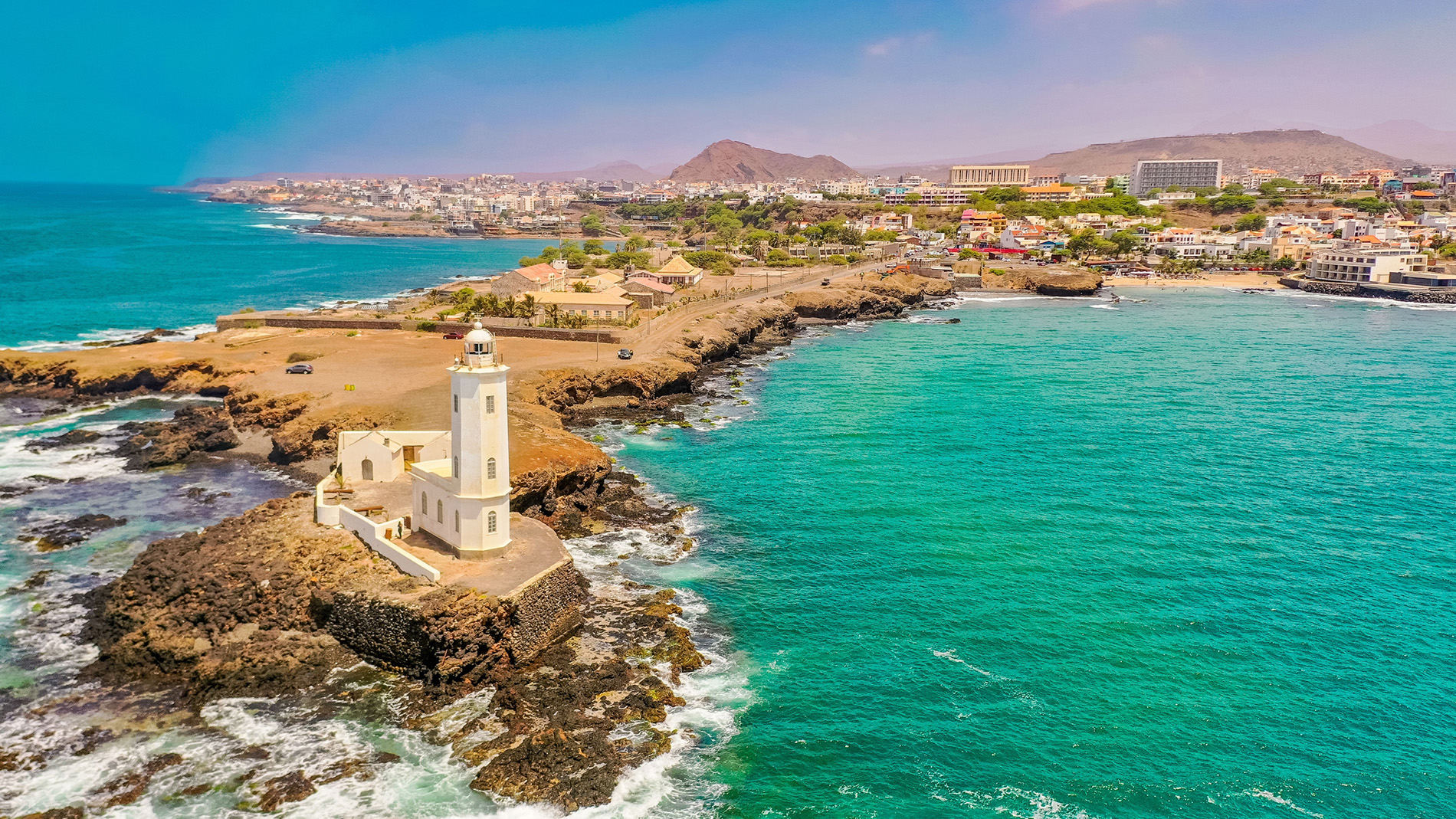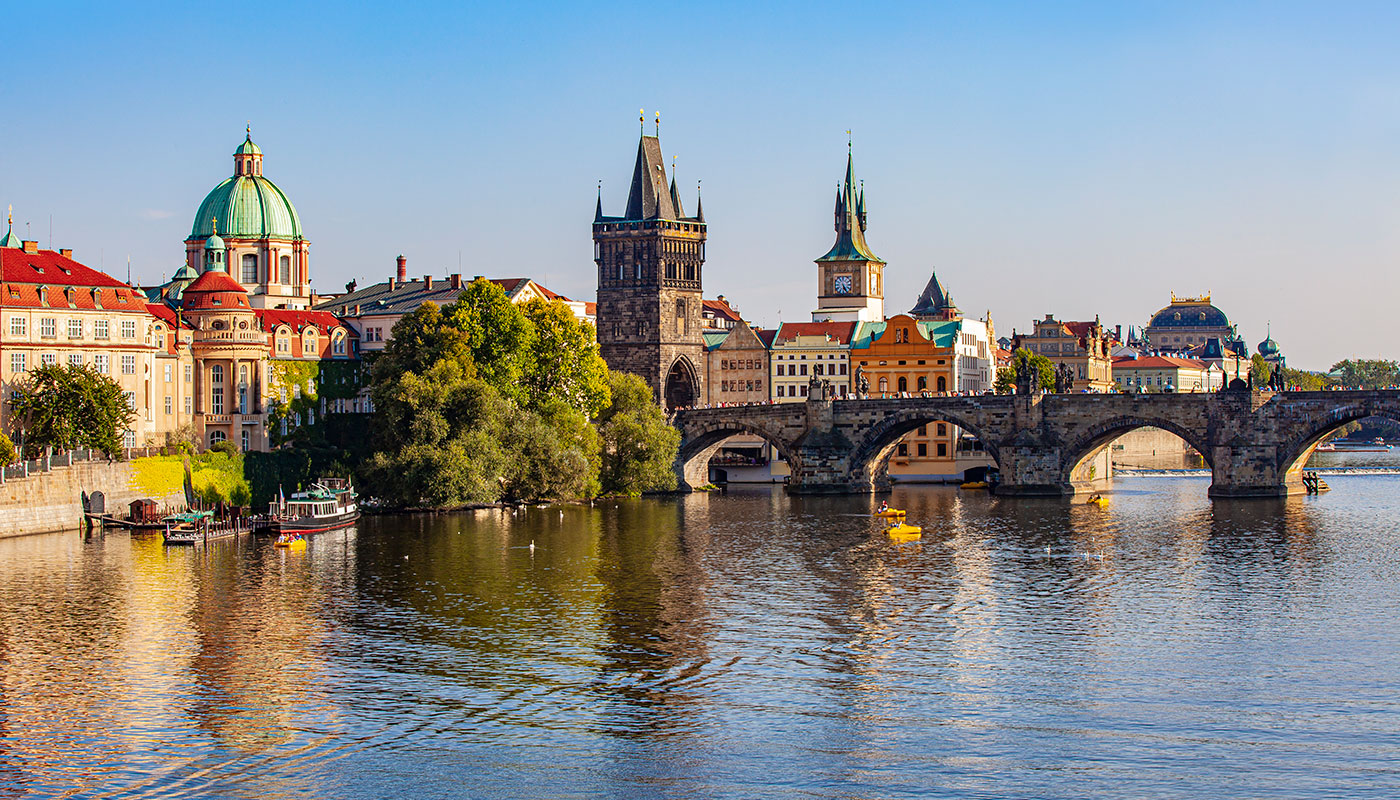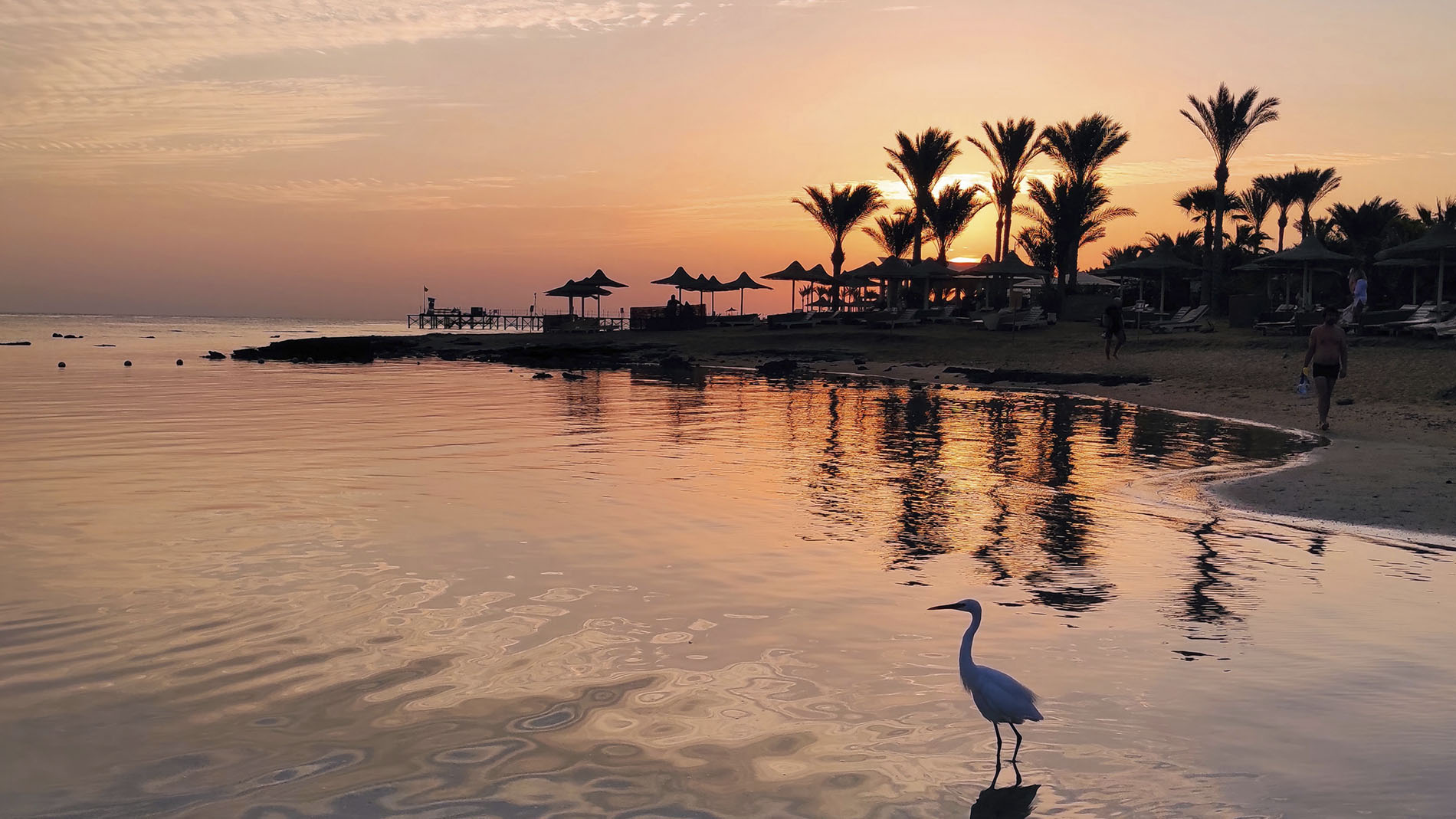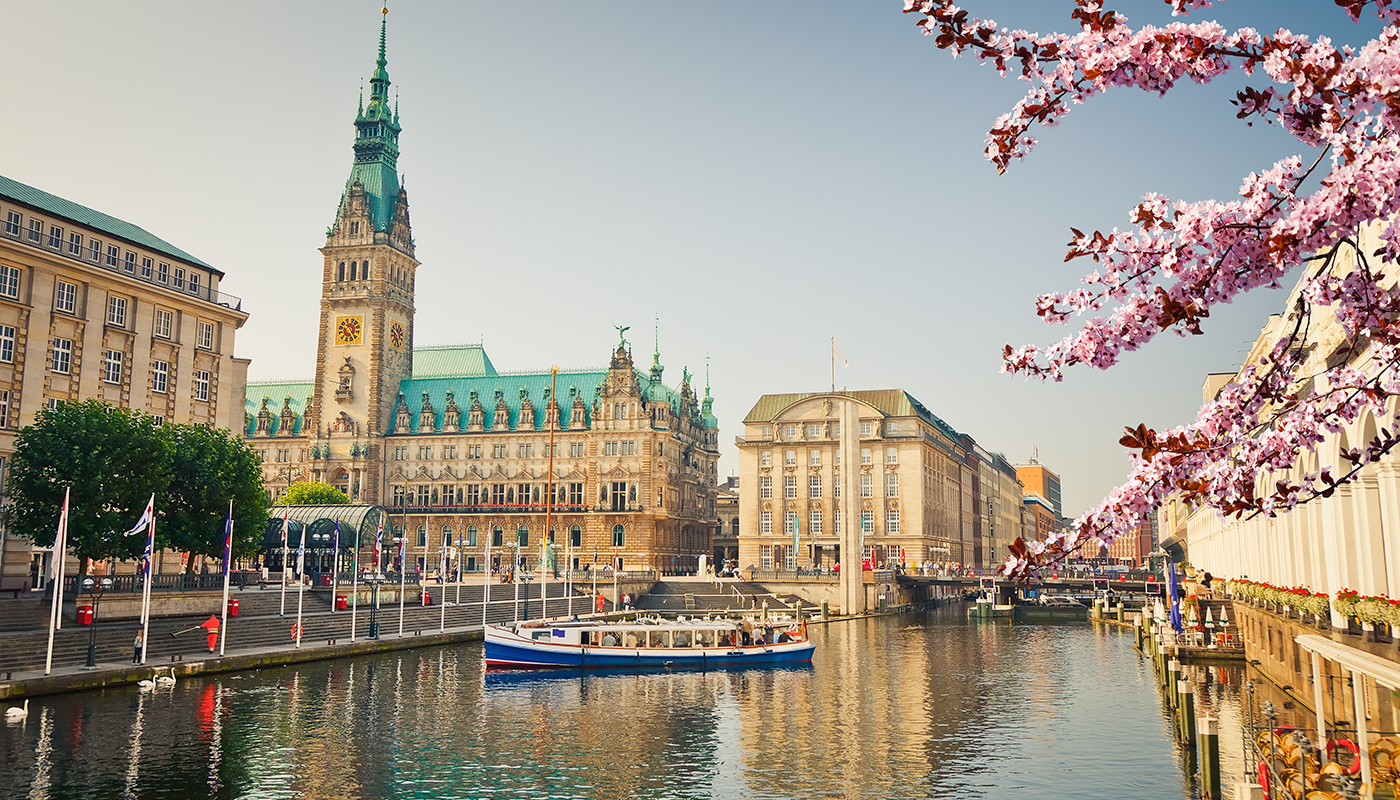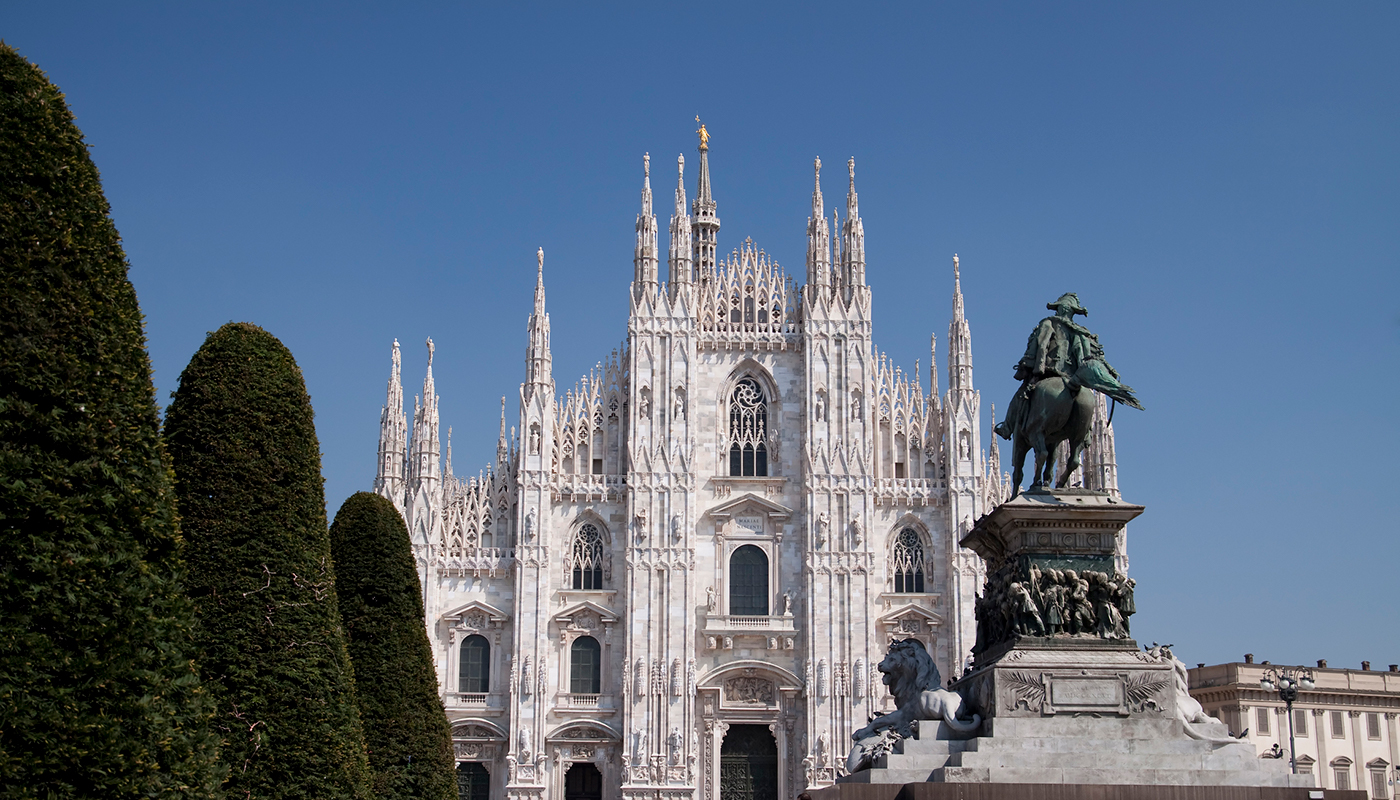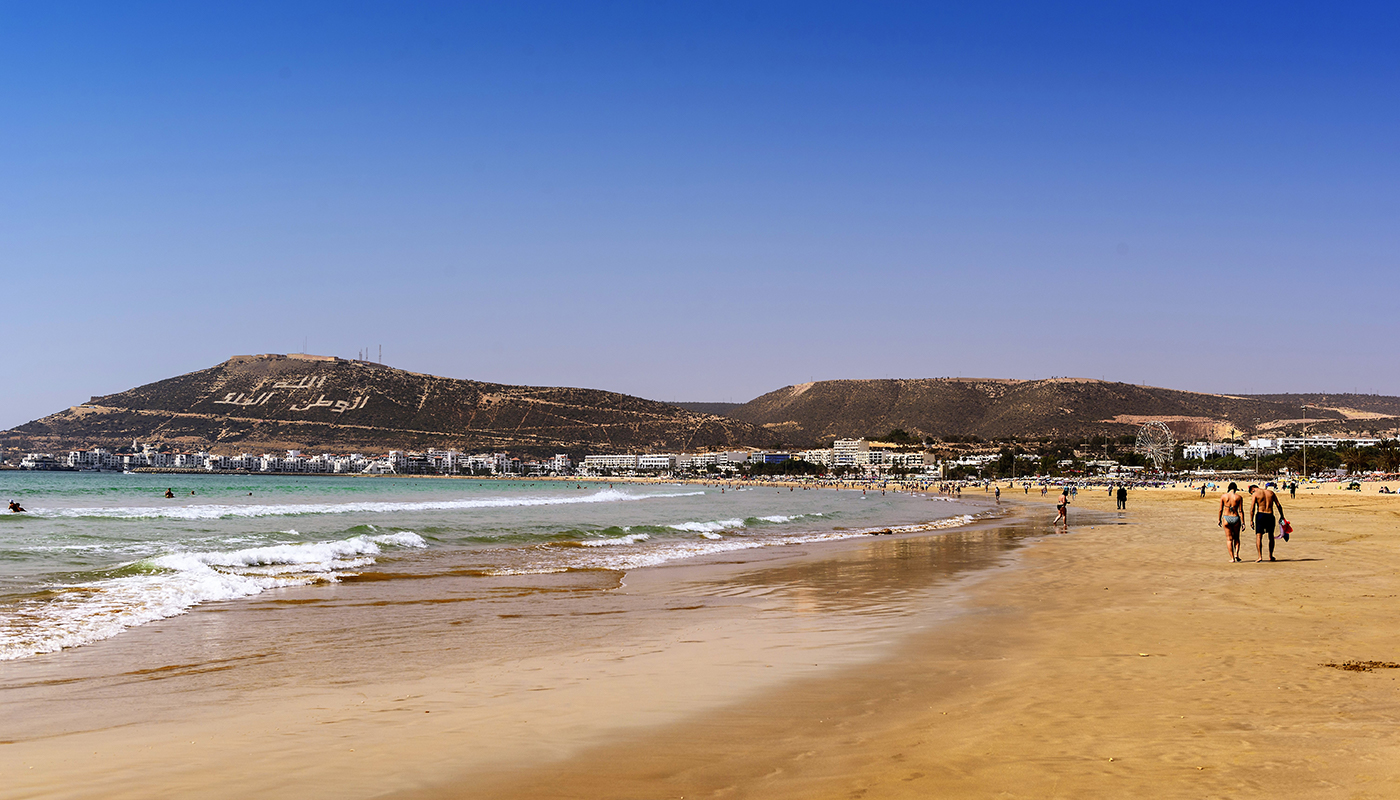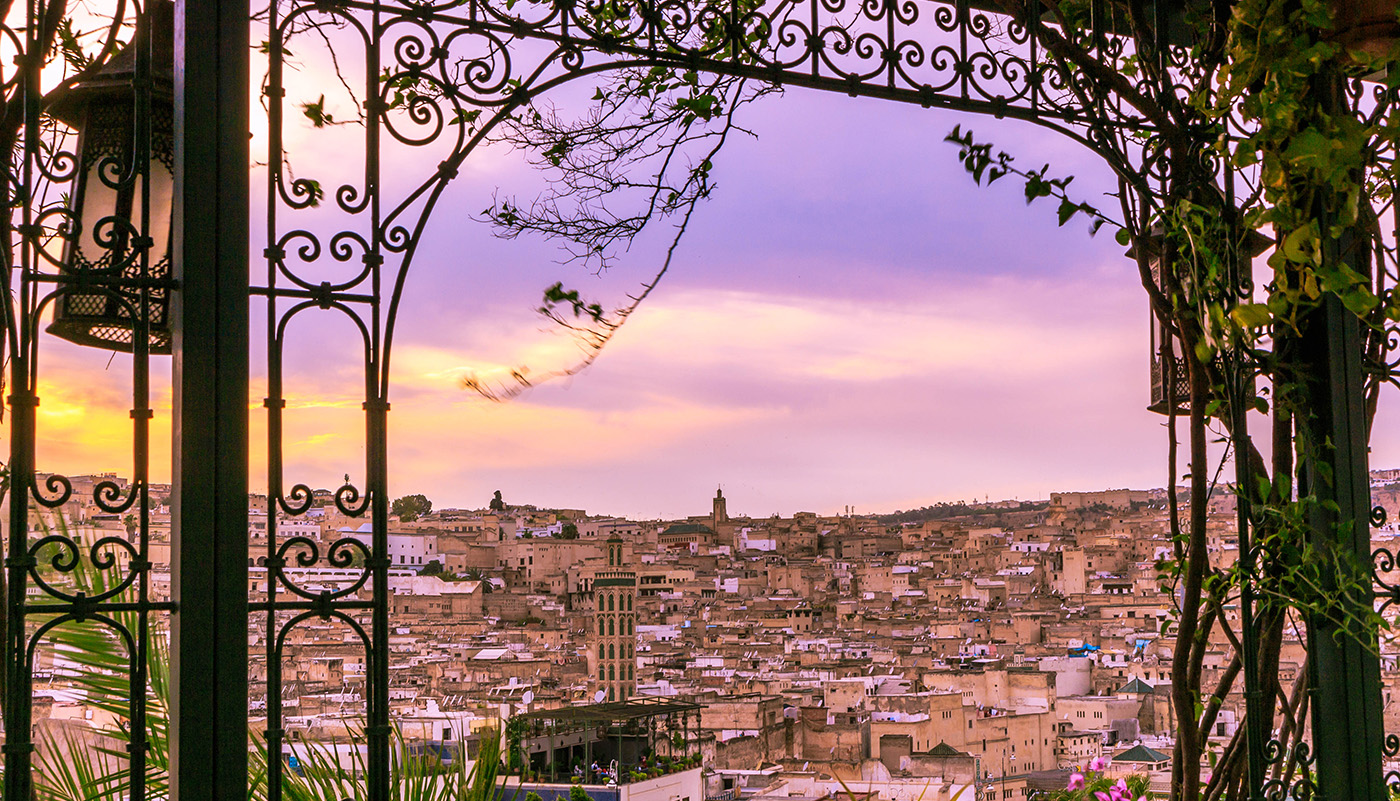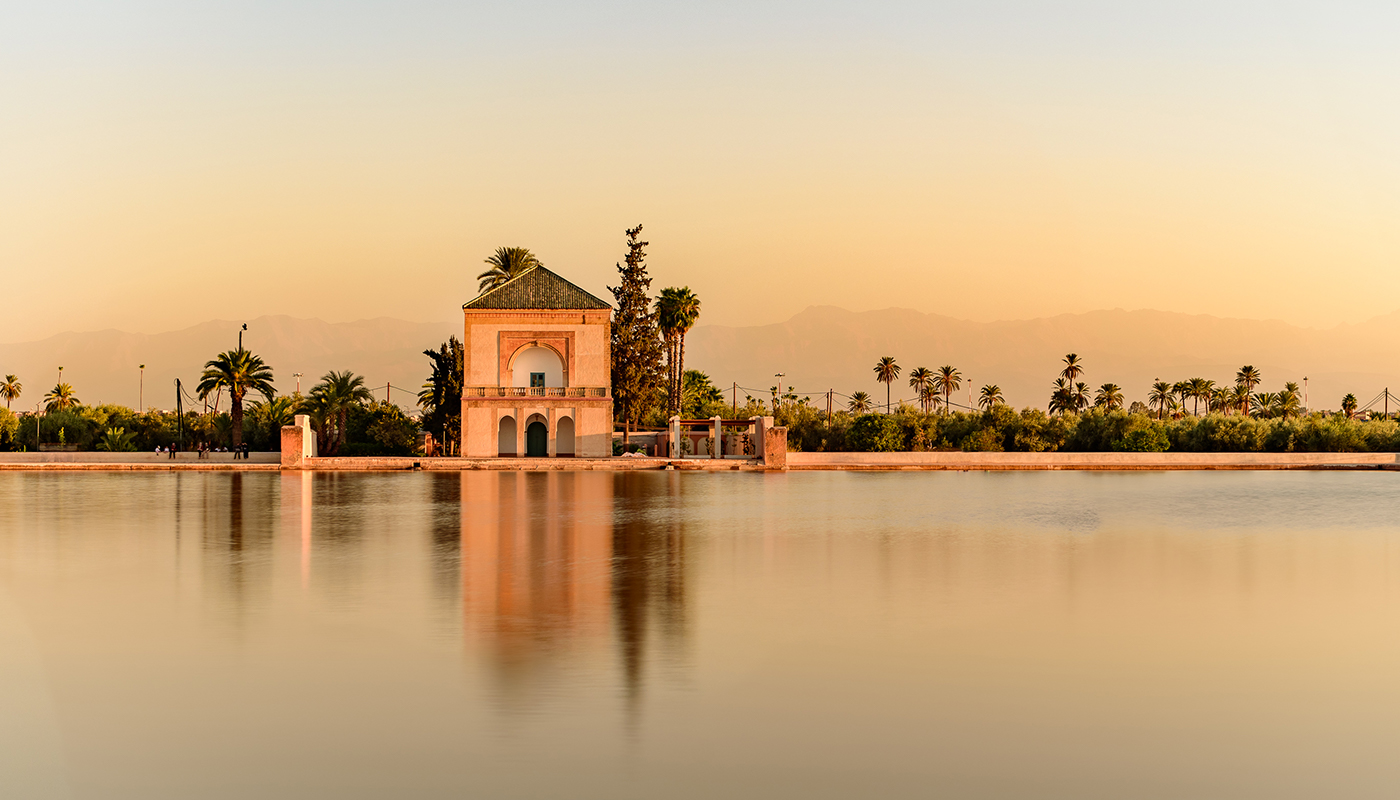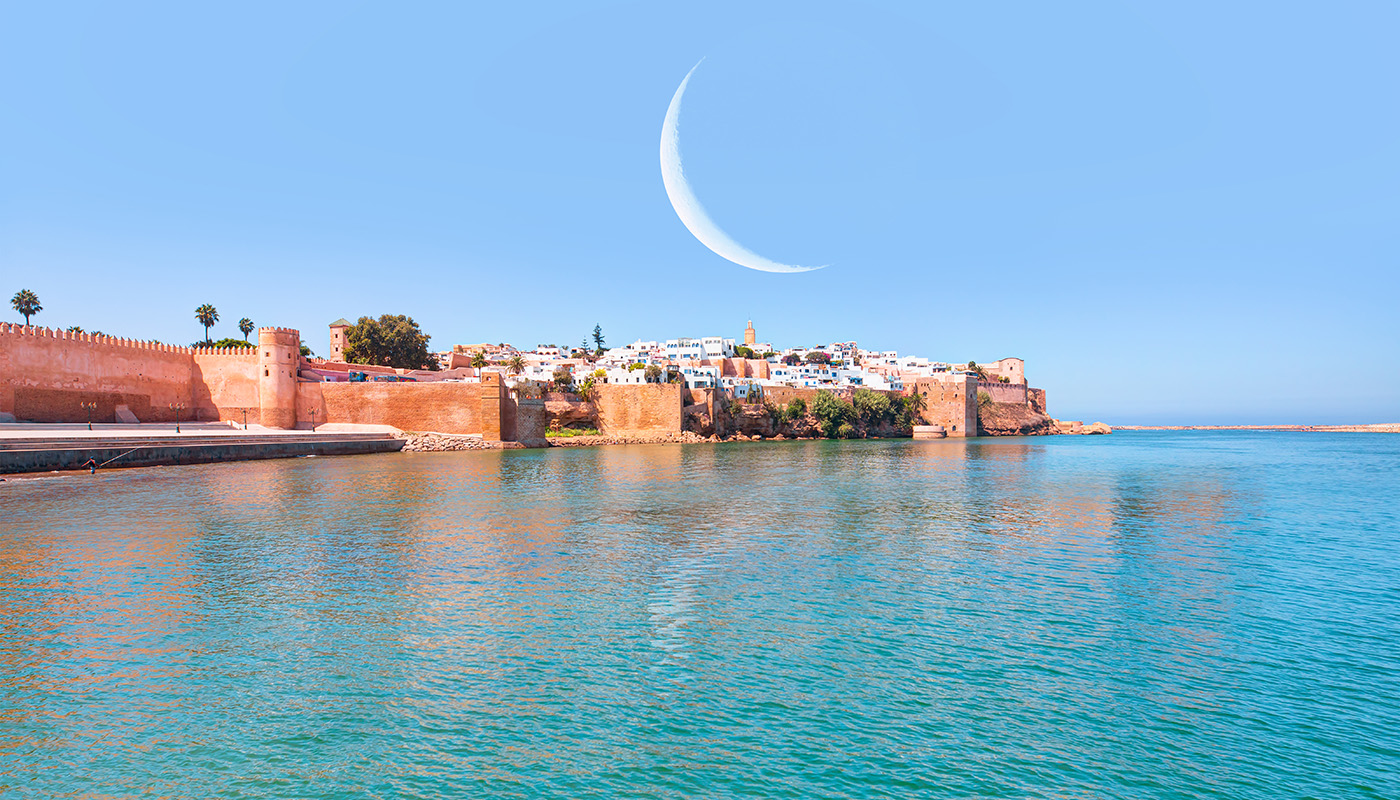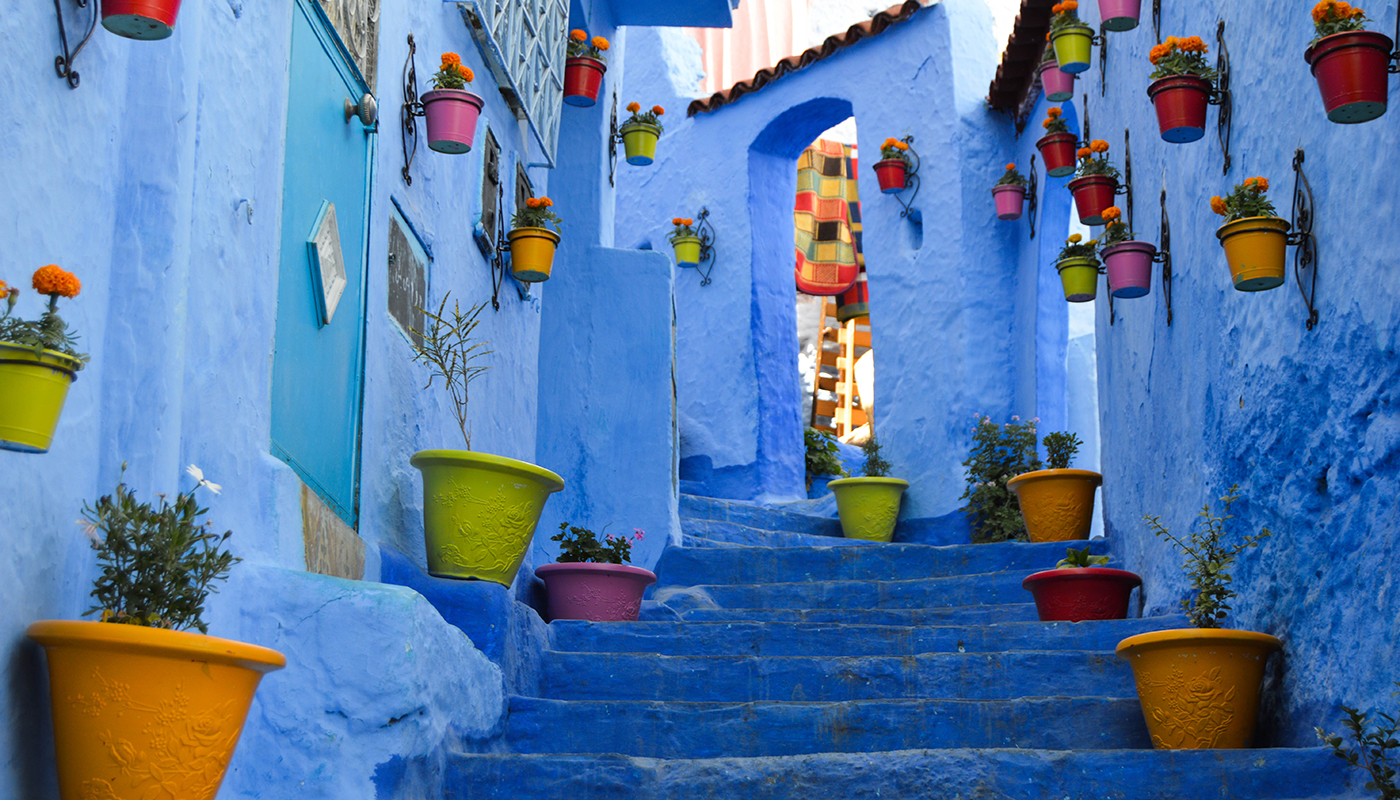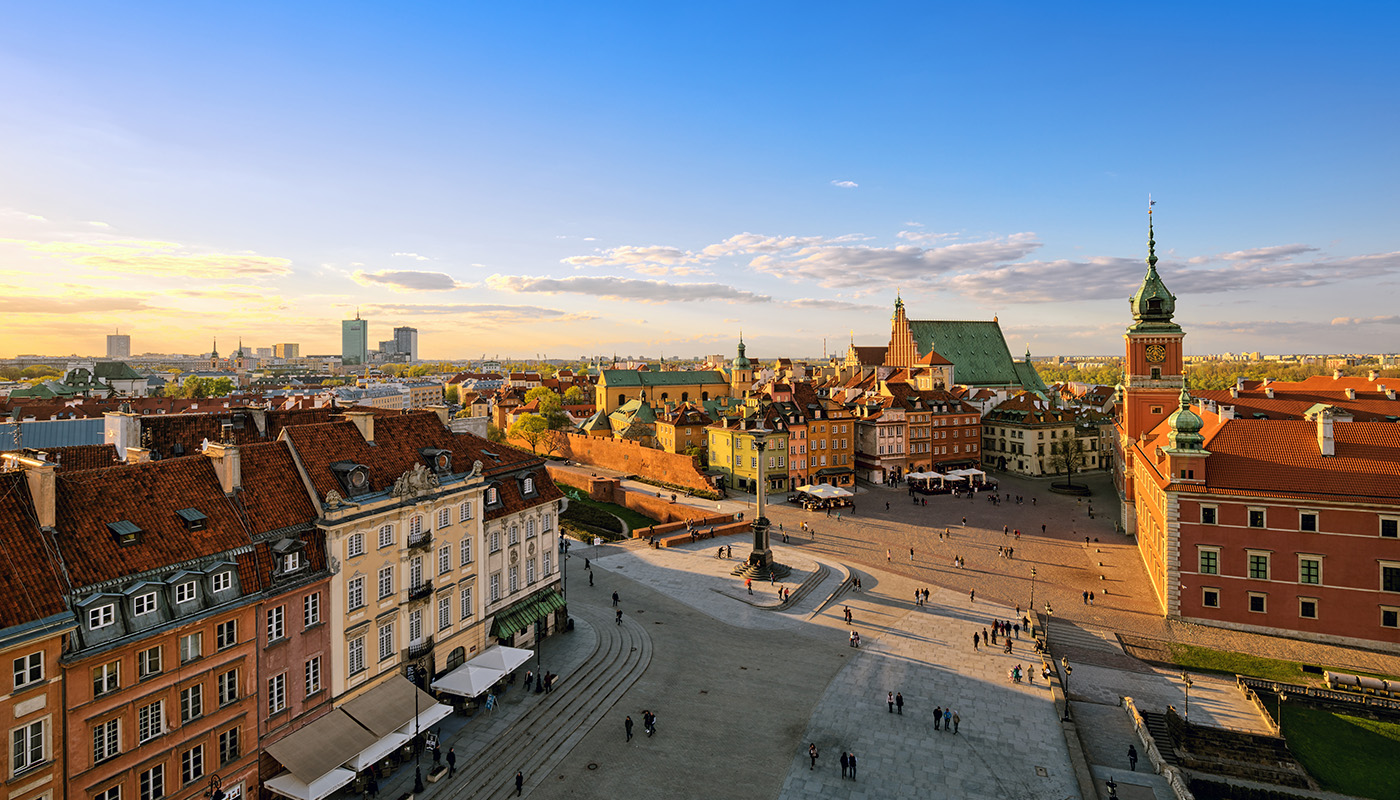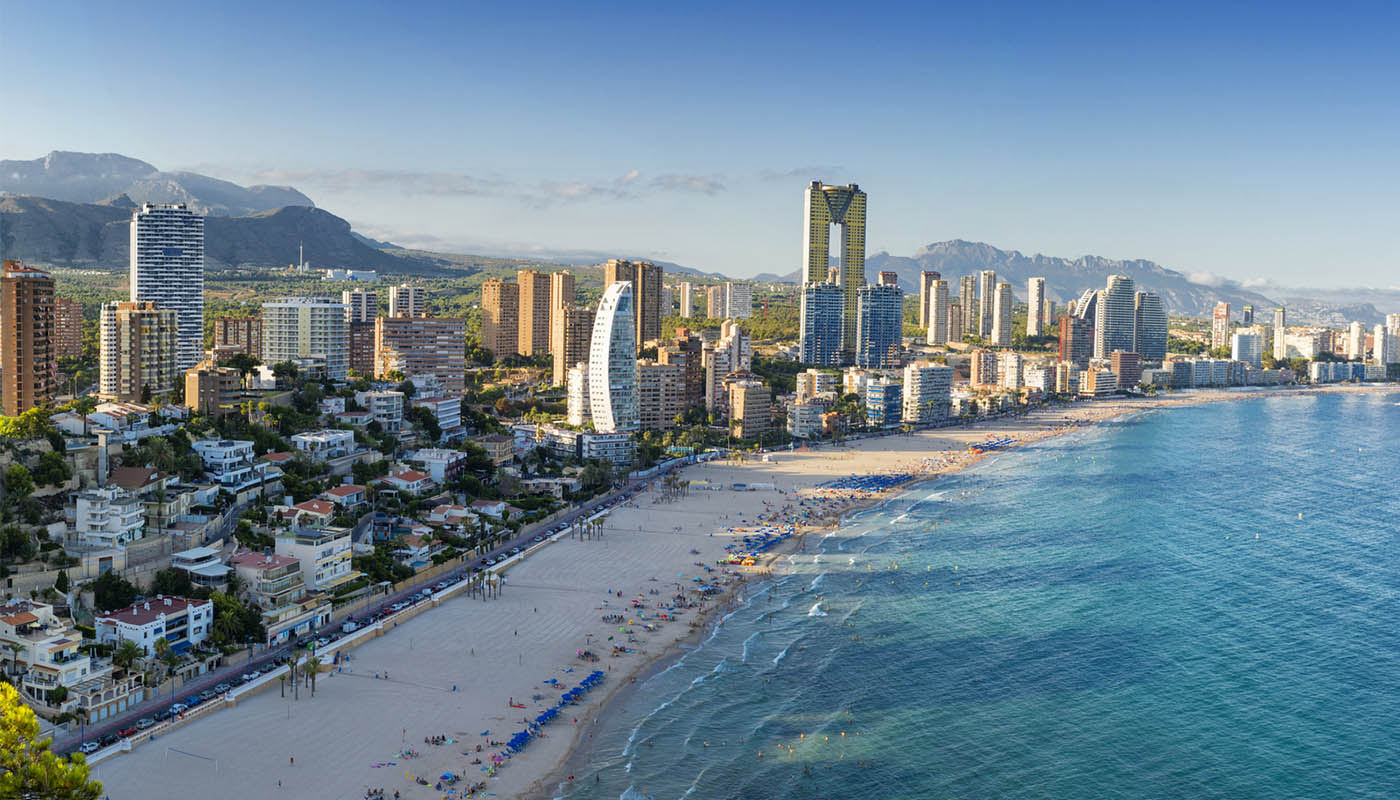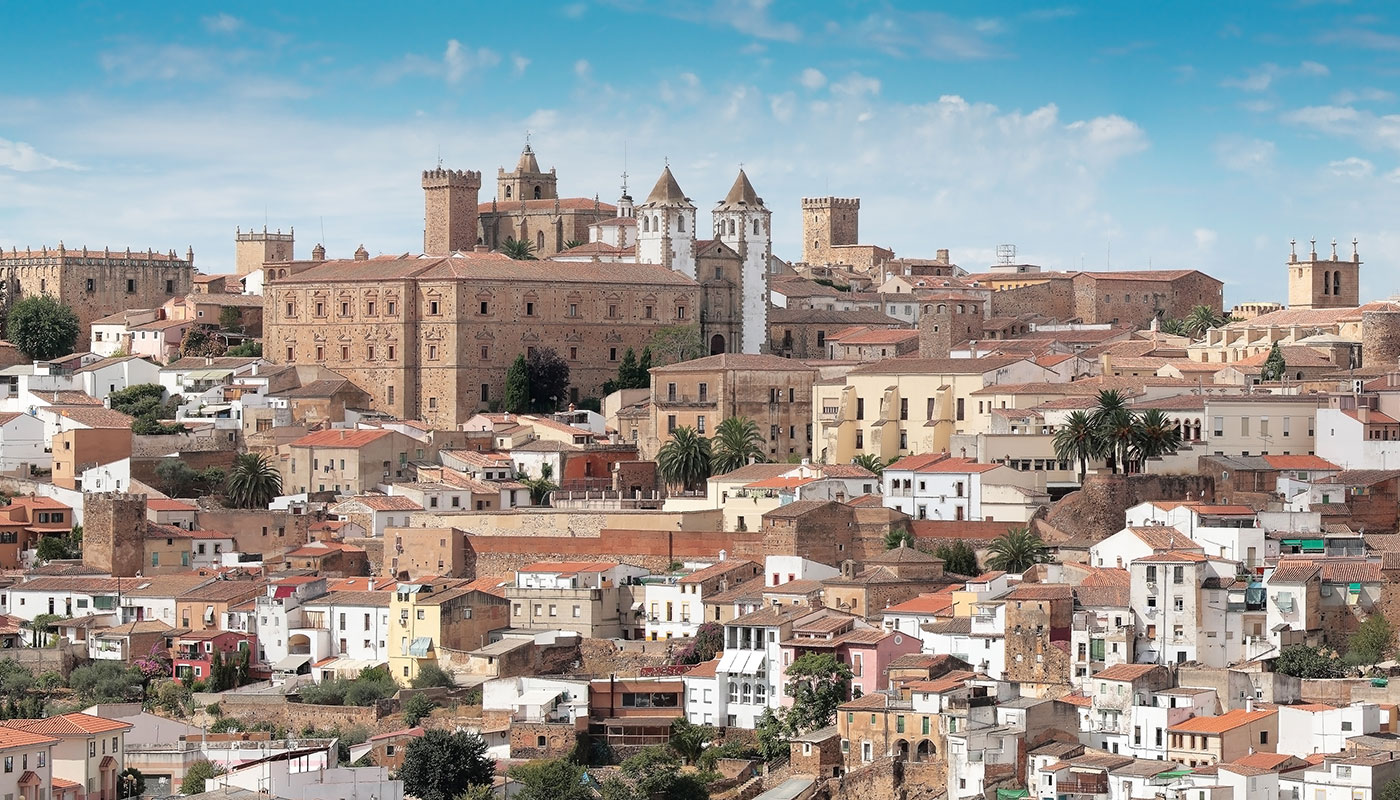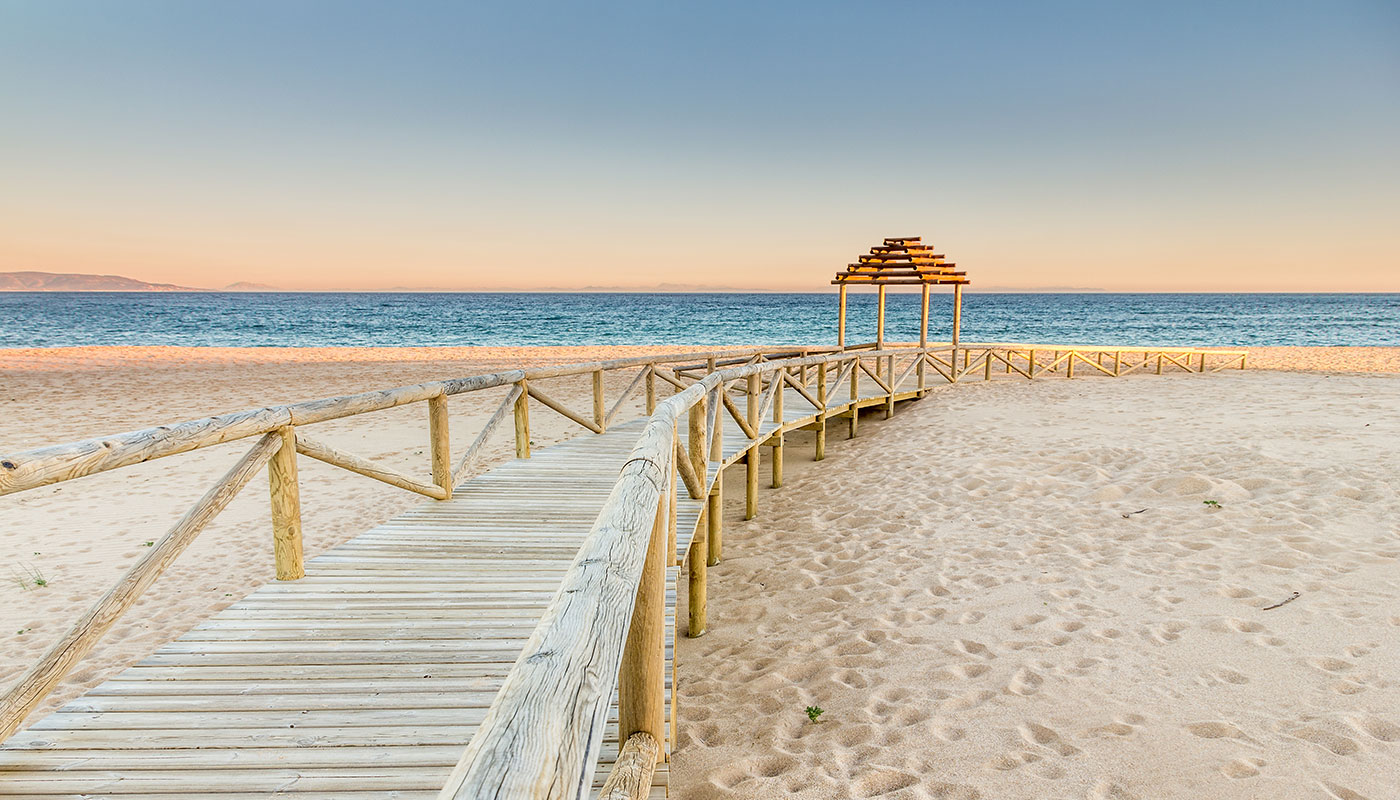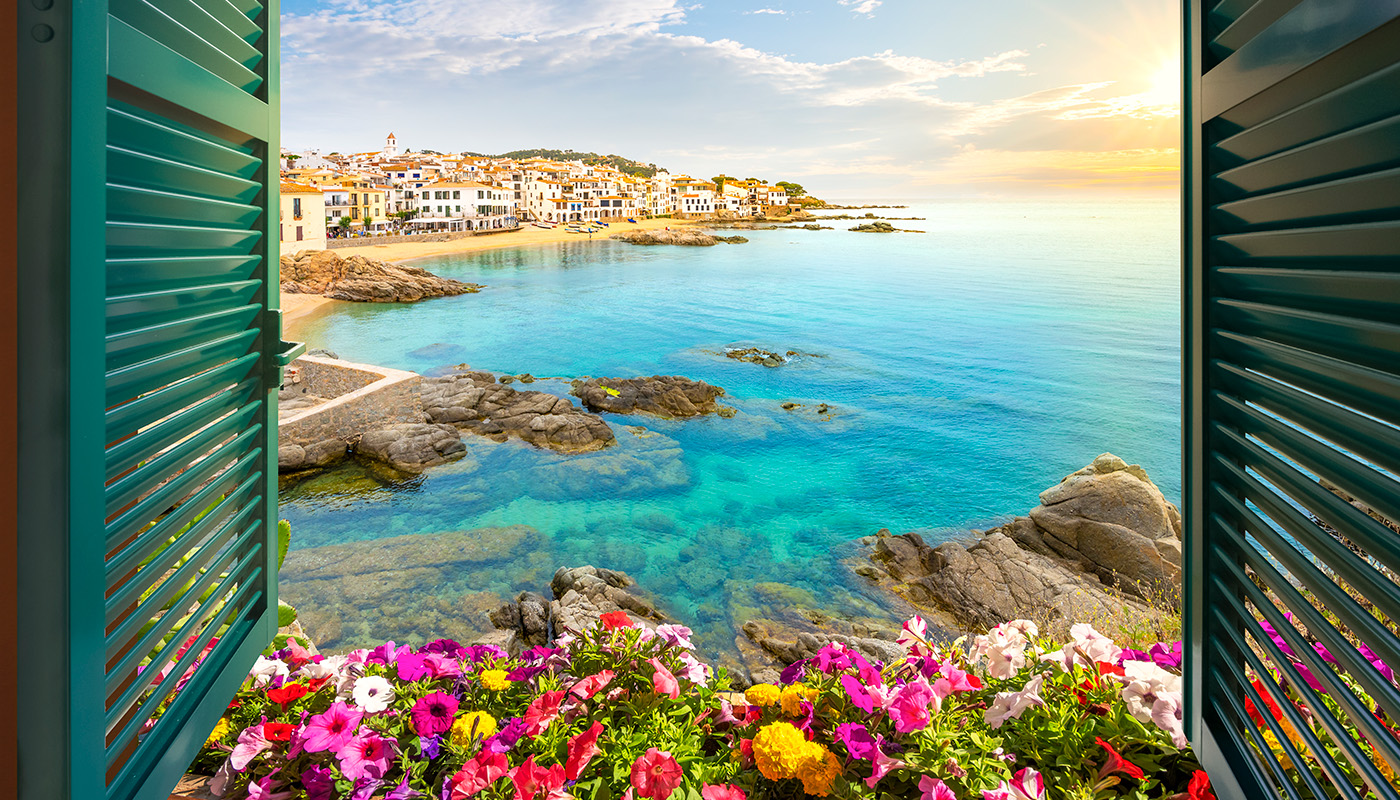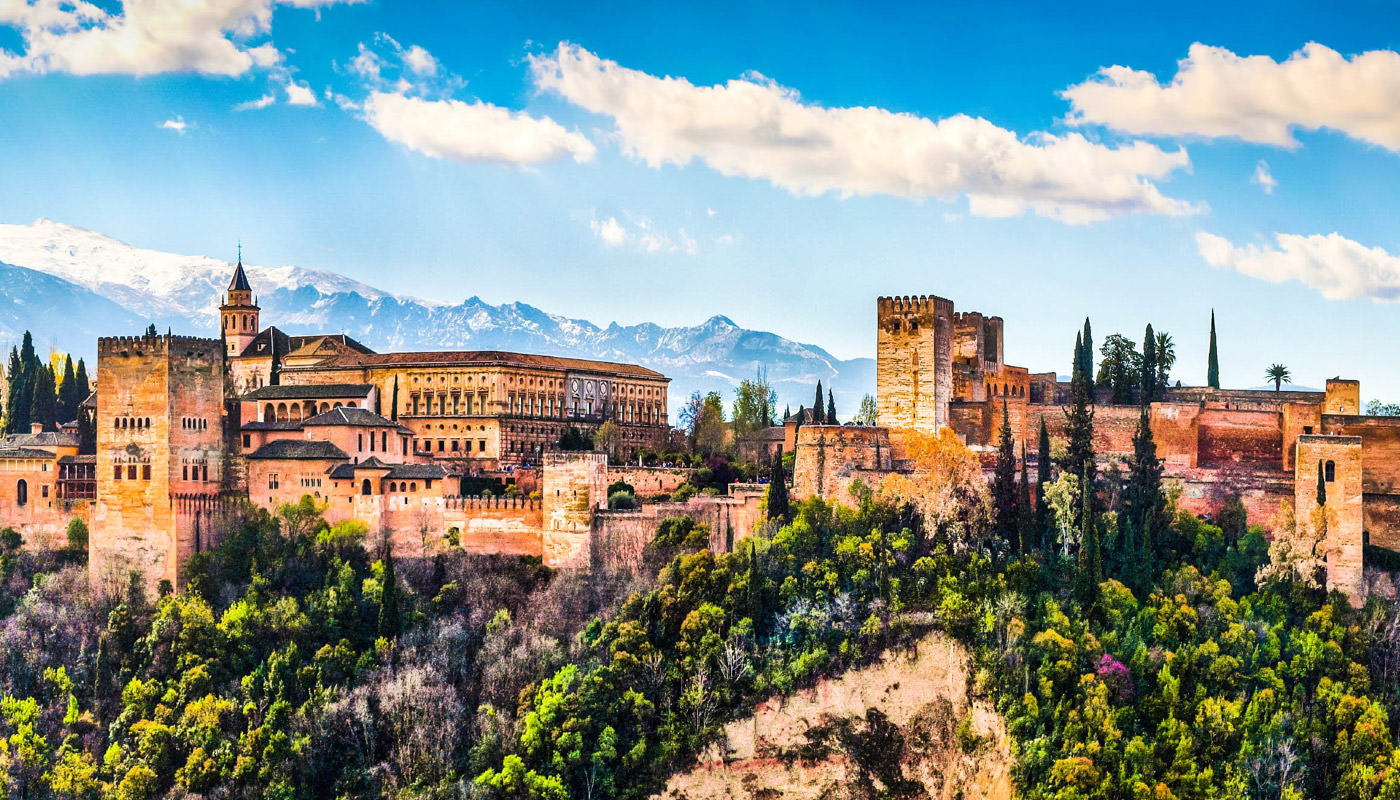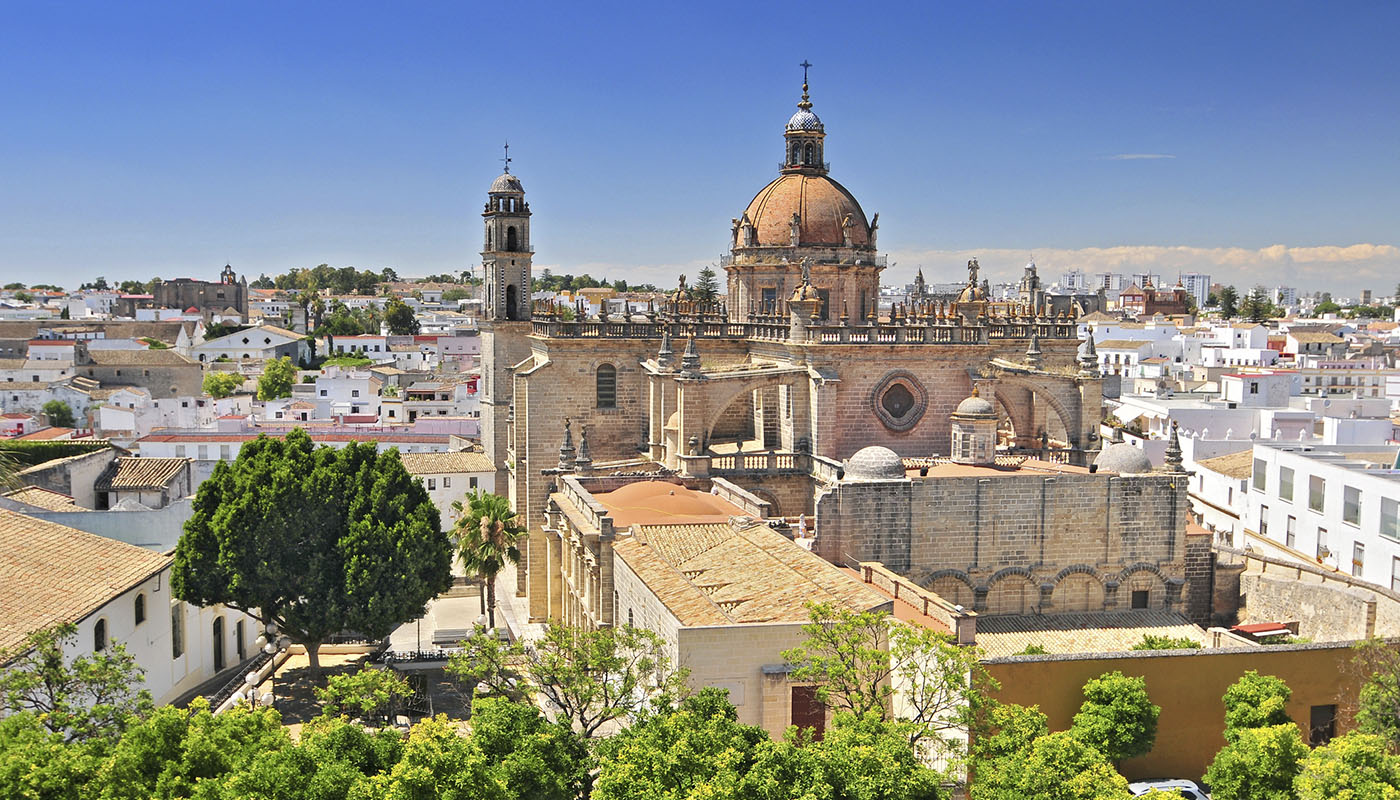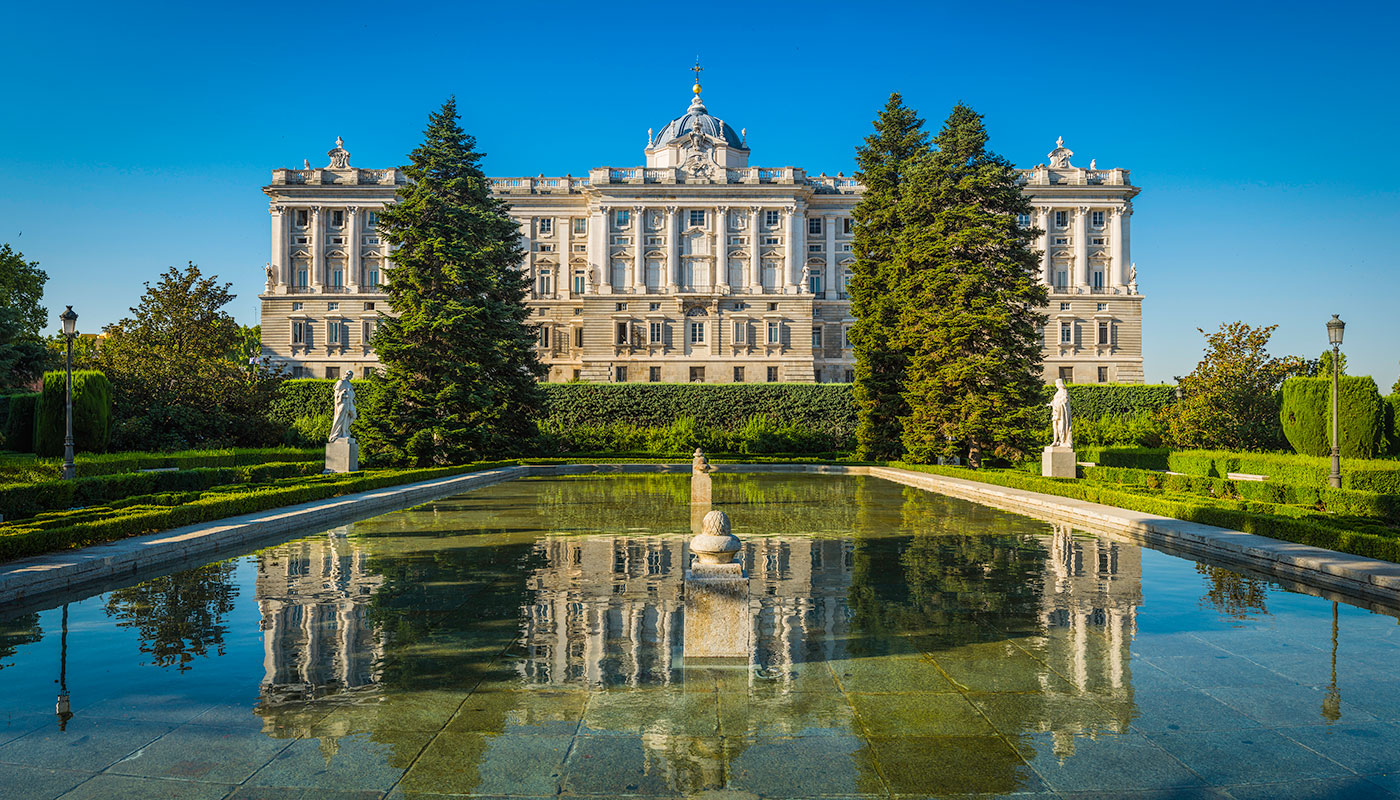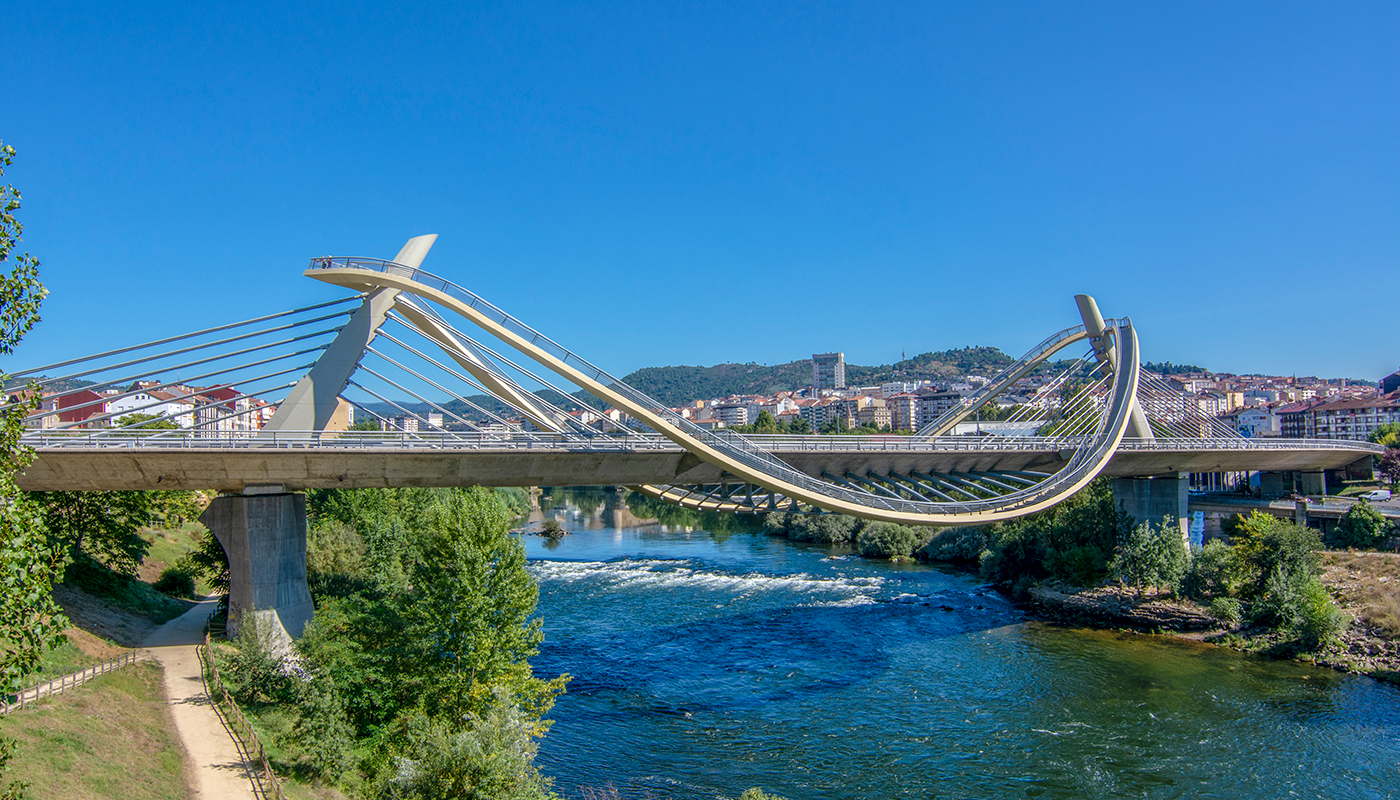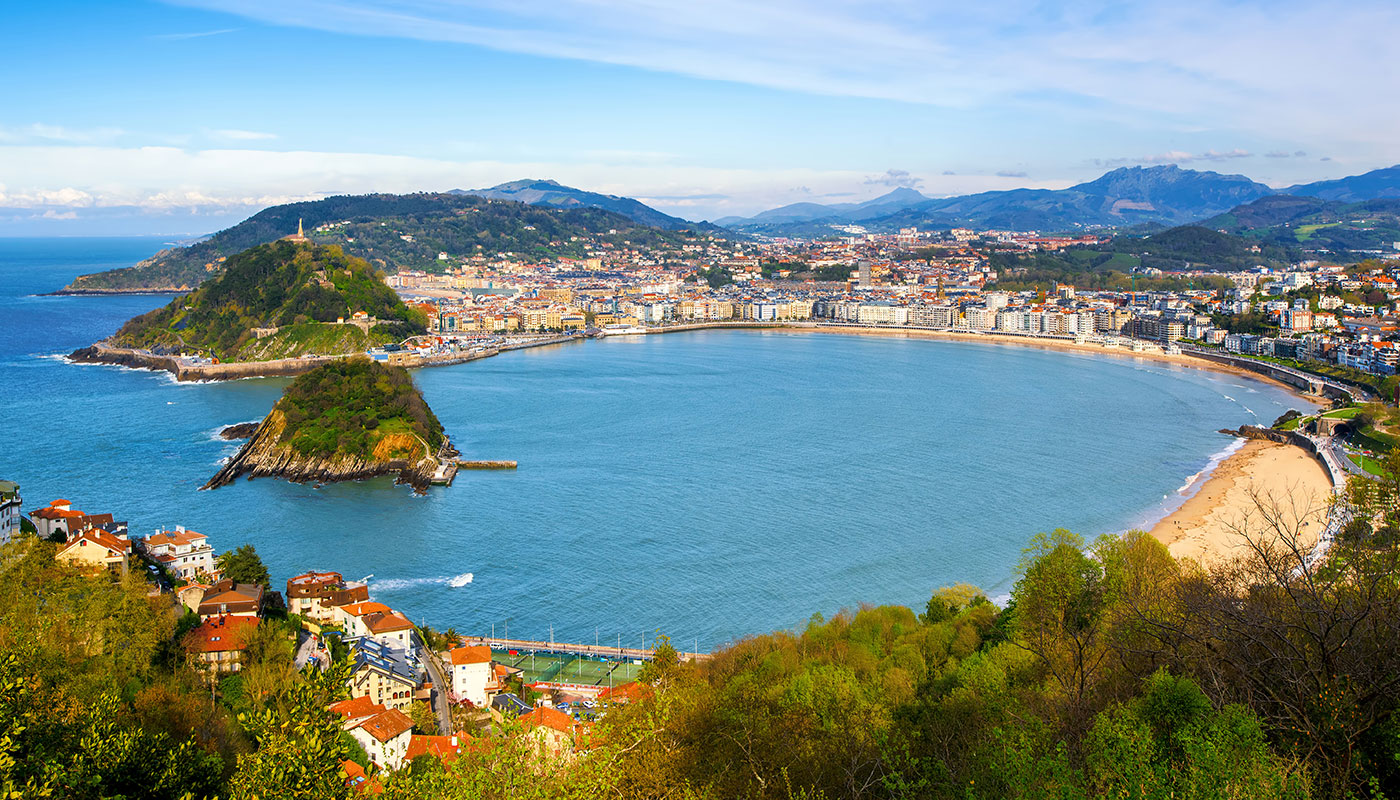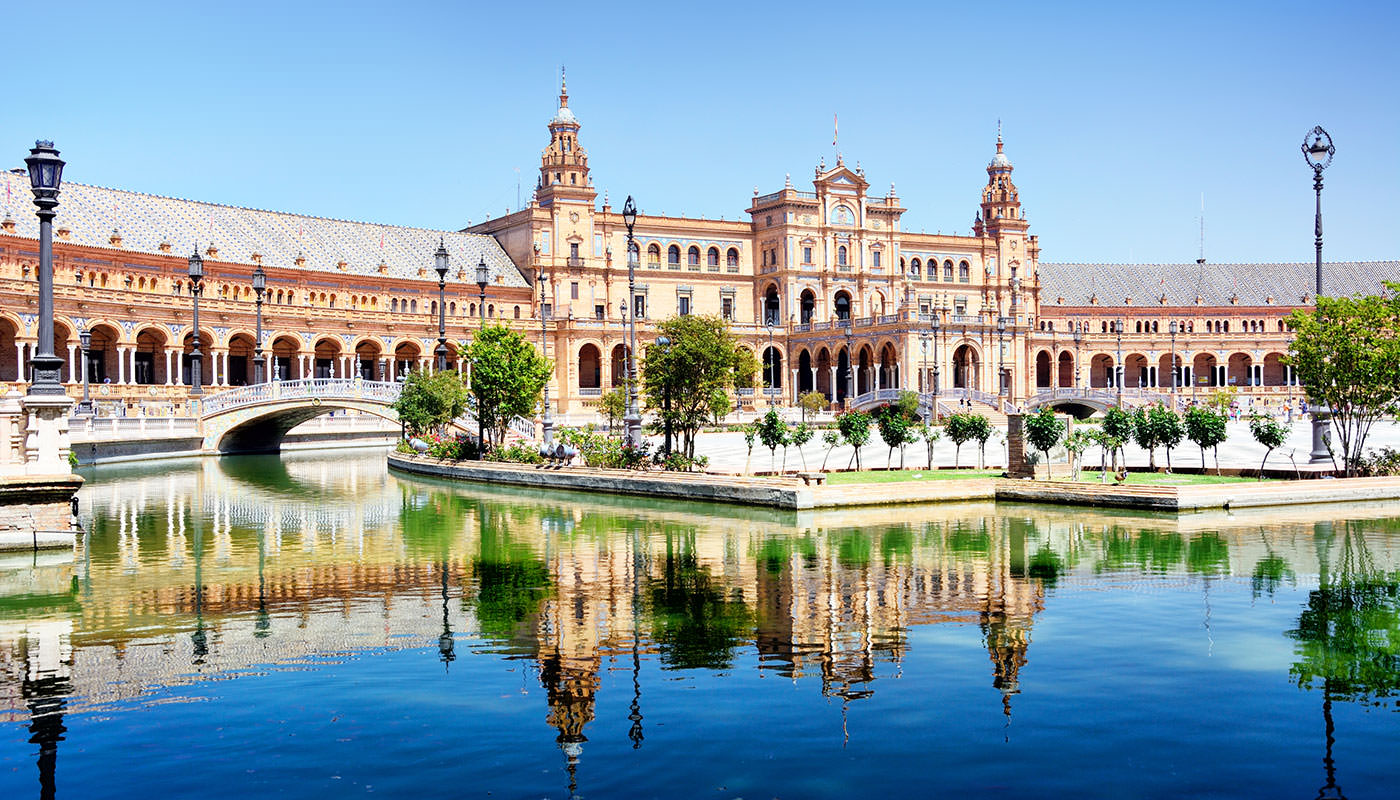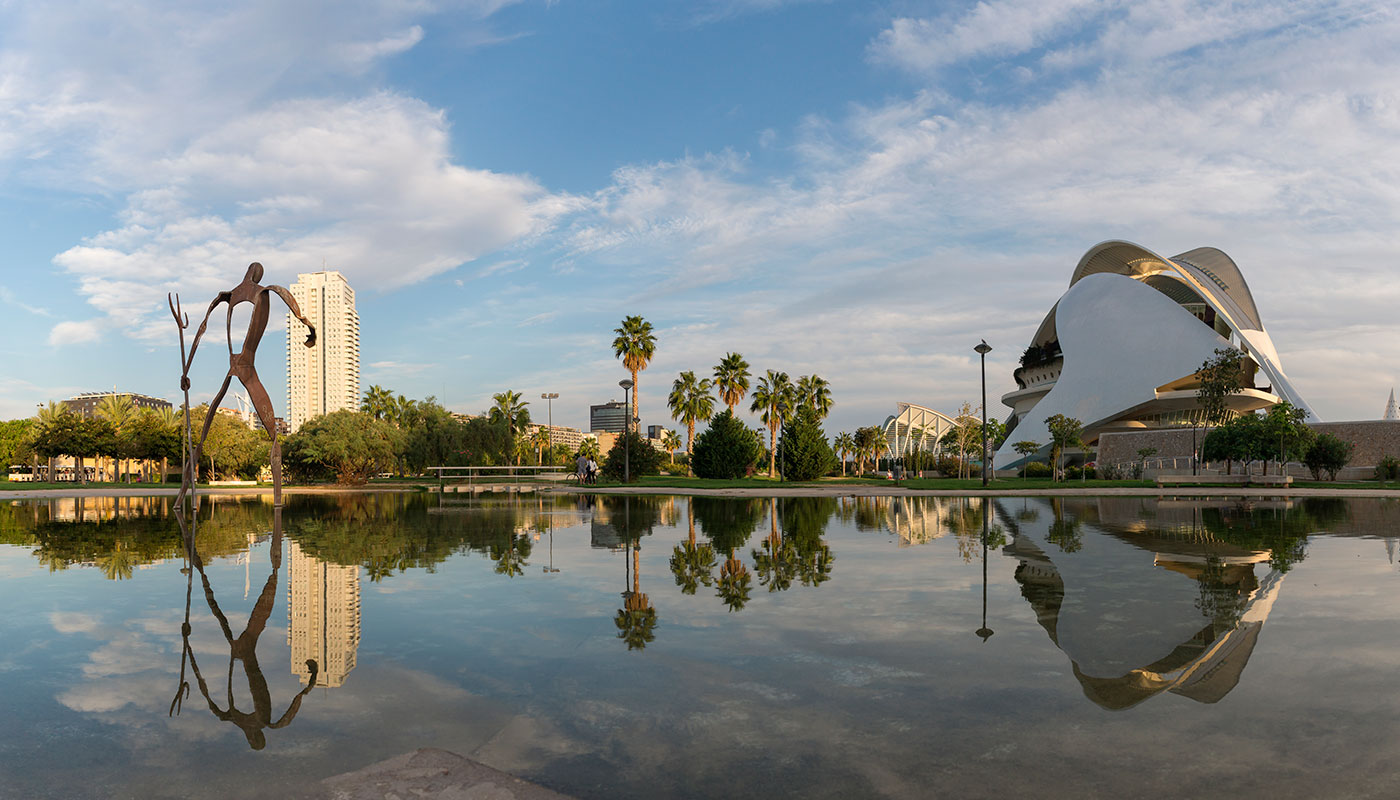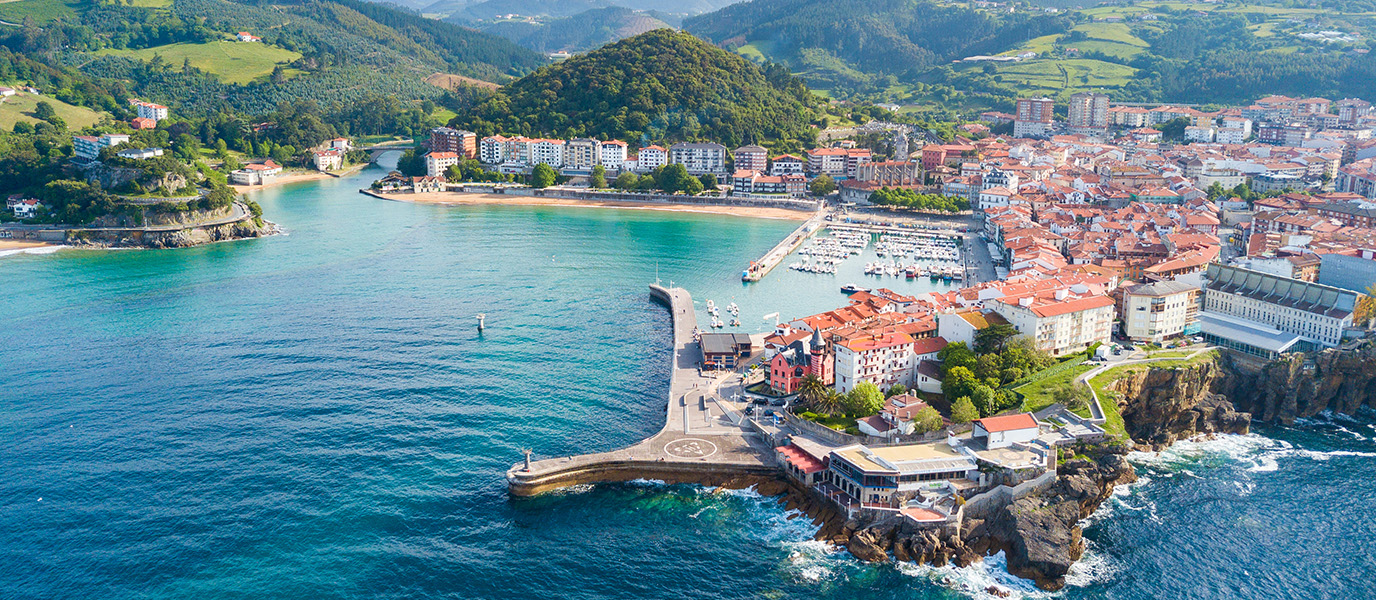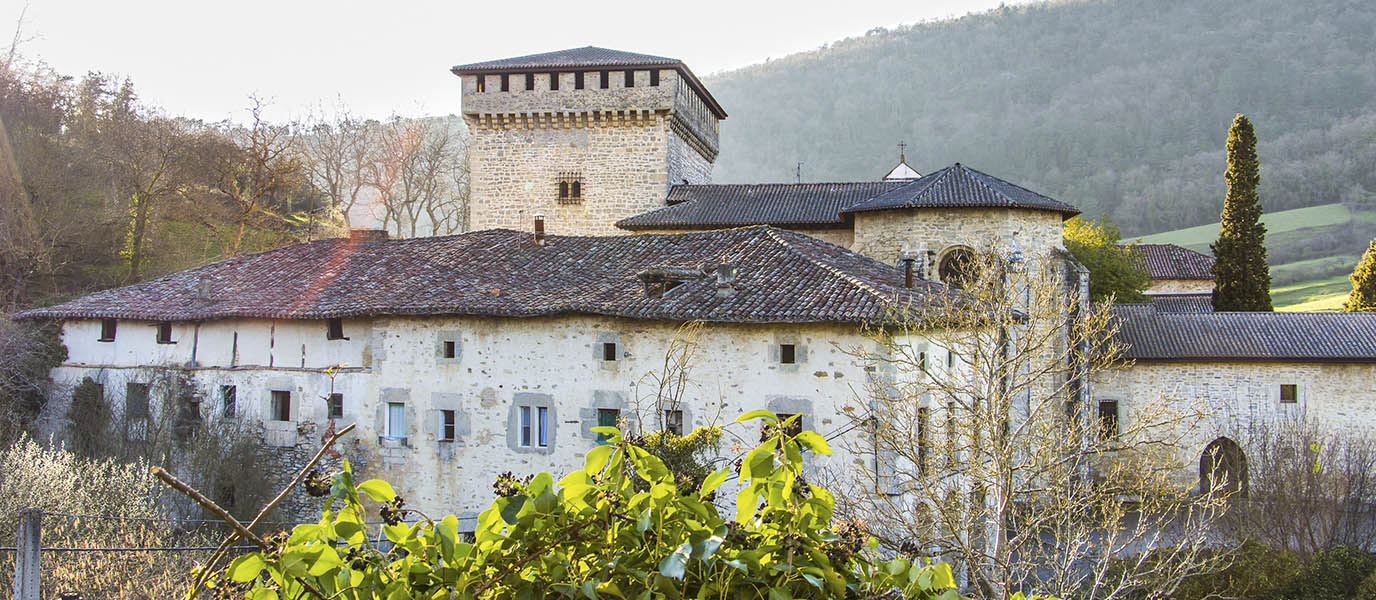Lekeitio a picturesque fishing town on the coast of Biscay, is one of those places where time seems to stand still. Surrounded by the blue Cantabrian Sea and flanked by green mountains, Lekeitio is steeped in the peacefulness of a small fishing town with a rich and profound, all-pervading local culture. The town’s narrow cobbled streets, a picturesque port and its majestic basilica all make Lekeitio an irresistible destination for those seeking an authentic experience. Beyond its historical and architectural attractions, this town is also famous for its golden beaches and the Santa Catalina lighthouse, inviting visitors to dream of distant horizons. To discover Lekeitio is to allow oneself to be seduced by the magic of the sea and by the traditions and hospitality of the people.
-
- The history of the town: Lekeitio: from whaling port to a fantastic tourist destination on the Basque coast
- What you can see on a visit to Lekeitio: between the bustle of the port area and the serenity of the lighthouse
- Nearby beaches: idyllic natural settings that, at low tide, ‘connect’ with the island of San Nicolás
- Where to eat in Lekeitio: flavours from land and sea in every dish
- What you can see in the surrounding area: a tenth-century monastery and a forest that is a work of art
The history of the town: Lekeitio: from whaling port to a fantastic tourist destination on the Basque coast
The history of Lekeitio is a living testament to the town’s close relationship with the sea. Founded in 1325 (although it was inhabited much earlier), Lekeitio established itself as a vital whaling port on the coast of the Bay of Biscay. Back then, whale hunting and cod fishing were not just a means of subsistence, but also provided a source of wealth for the town. During the fifteenth and sixteenth centuries, the people of Lekeitio sailed the Atlantic in search of these prized cetaceans. Products derived from whaling, such as oil for lamps, were highly valued, and exported to other European countries, bringing prosperity to the town and strengthening its reputation as a whaling port. The importance of this activity is reflected in the town’s architecture — in the shipowners’ and merchants’ houses that can be seen in the historic quarter.
However, the glory days of whaling could not last for ever. With the decline of this activity in the following centuries, Lekeitio needed to adapt and diversify its economy. From the eighteenth century onwards, the town revived its fortunes with new industries, such as cod fishing and shipbuilding. These industries, together with maritime trade, kept its port and its market alive. In time, Lekeitio’s geographical location and its beautiful coastline made it an attractive place for aristocratic and bourgeois families who were keen to establish their summer residences there. During the nineteenth century, lots of palaces and mansions in the neo-Classical and Modernista styles began to appear, lending the town a distinguished, stately air that still lingers.
One of Lekeitio’s most remarkable historic landmarks is the Basílica de la Asunción de Santa María, a late-Gothic jewel dating from the fifteenth century. This imposing church demonstrates the wealth accrued by the town through its maritime and trading activities. In addition, the remains of the medieval walls that protected the centre of the town are testament to a past in which it was vitally important to defend it against attacks by the pirates and corsairs who prowled around the Biscayan coast.
The twentieth century saw the definitive transformation of Lekeitio, which blossomed from being a traditional fishing port to become an emerging tourist destination. The natural beauty of its setting, its beaches of golden sands such as Isuntza and Karraspio, and its perfectly preserved historic quarter began to attract visitors from far and wide. In addition, Lekeitio’s marina has been modernised, and nowadays, it is not only a fishing port, but also an attraction for sailing enthusiasts. Without losing its character as a seafaring town, Lekeitio has succeeded in reinventing itself as a cultural and tourism destination, combining its historic heritage with a vibrant offer of activities for visitors.
What you can see on a visit to Lekeitio: between the bustle of the port area and the serenity of the lighthouse
The Port of Lekeitio: the town’s seafaring heart
The Port of Lekeitio is, without question, one of the town’s most emblematic spots. This port, which has witnessed centuries of maritime history, is now a buzzing area where the fishing tradition blends with a more modern ambience. To walk through the port is like going back in time: little fishing boats can still be seen tied up next to modern pleasure vessels. Here, the local fishermen still bring ashore the fresh fish that is served in the nearby restaurants, offering a colourful daily spectacle that few other places can match.
In addition, the port offers breathtaking views of the Island of San Nicolás, known as «Garraitz» by the locals, a small islet that rises up a few metres from the coast, and is accessible on foot at low tide. Those who climb to the highest point in the port can enjoy a panoramic view of the town and its surroundings, with the Basílica de la Asunción dominating the horizon. It is also the ideal spot to sit at a terrace and enjoy a glass of txakoli, the typical wine of this region.
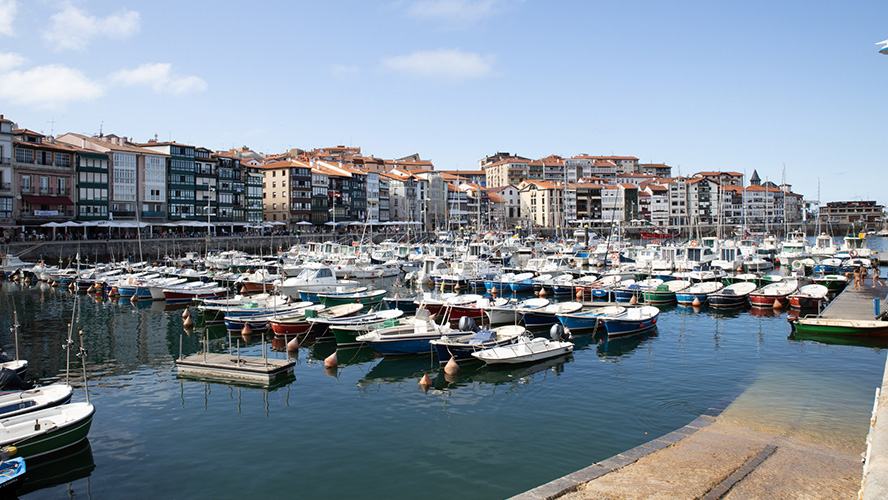
The Old Quarter: a labyrinth of streets with centuries of history
Lekeitio’s Old Quarter is a network of narrow, cobbled streets that have remained almost unchanged since the Middle Ages. Here the visitor can wander at will in a maze of streets of stone houses with wrought iron balconies and colourful façades. Many of the houses display a coat of arms that tells stories of old, aristocratic families and sailors of noble lineage. The arcaded Plaza de la Independencia is the nerve centre of the Old Quarter and the perfect place to enjoy watching local life.
One of the most outstanding edifices is the Torre de Zubieta, a medieval tower house that demonstrates the defensive strength of the town in past centuries. Another recommended visit is to the Casa de Oxangoiti, a Renaissance edifice that reflects the wealth that whaling brought to Lekeitio centuries ago. The Old Quarter is the perfect place to simply wander, discovering small features such as hidden fountains, old taverns and craft shops.
The Basílica de la Asunción, a Gothic treasure by the sea
The Basílica de la Asunción de Santa María, with its impressive Gothic façade, is one of Lekeitio’s most important monuments. Built near the port between the fifteenth and sixteenth centuries, this majestic edifice is considered one of the finest examples of the Basque Gothic style. Visitors entering the church are taken aback by the height of its naves, by the ribbed vaulting and by the light that streams in through its stained glass windows.
The Basilica is home to one of the town’s most precious treasures: a Dutch gilded wooden altarpiece dating from the sixteenth century, considered a Renaissance masterpiece in the Basque Country. This altarpiece, intricately carved and painted, reflects the prosperity enjoyed by Lekeitio during that period. In addition, the Basilica boasts a bell tower that is open to the public, and which affords amazing panoramas of the the town, the port and the Cantabrian Sea.
The Santa Catalina lighthouse: where the sea hugs the horizon
Perched on a clifftop on the outskirts of Lekeitio, the Santa Catalina Lighthouse is one of the town’s most charming attractions. This lighthouse, built in the nineteenth century, is an exceptional viewing point offering incomparable vistas of the Bay of Biscay and the mountains around it. Apart from its function as a guide for sailors, the lighthouse has a maritime interpretation centre where visitors can learn about the history of sailing and about the importance of the sea in the life of Lekeitio.
The Santa Catalina Lighthouse is more than a place of historic interest: it is also a place for relaxation and contemplation. The paths around the lighthouse are ideal for a stroll while you enjoy the sea breeze and the sound of the waves breaking on the rocks. In the evening, the lighthouse become the perfect spot to watch one of the Basque coast’s most beautiful sunsets.
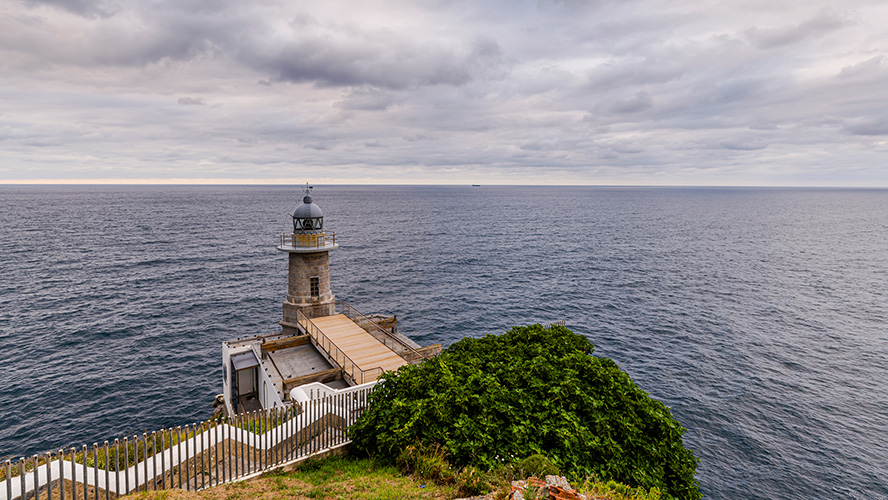
Nearby beaches: idyllic natural settings that, at low tide, ‘connect’ with the island of San Nicolás
Lekeitio is also known for its superb beaches, which are perfect for relaxing and enjoying the sun. Isuntza beach, which lies in the valley of the same name, is the most accessible and popular beach. With its golden sands and calm waters, it is ideal for families and those seeking a day of relaxation by the sea. At low tide, you can reach the nearby island of San Nicolás by walking along a cement wall known as the “malecón”, which is below the water at other times.
Another outstanding beach is Playa de Karraspio, located on the other side of the river Lea, and only a few minutes’ walk from the centre of Lekeitio. This more spacious, wilder, sandy beach offers a less crowded, natural setting, perfect for those seeking space, peace and quiet. At Karraspio, visitors can enjoy water sports such as surfing and paddle boarding, thanks to the gentle, uniform waves. From here too, it is possible to reach the island of San Nicolás by walking across the sand.
The island, used during the Middle Ages as a leper colony, now has a viewing point offering impressive views of Lekeitio, its beaches, and the rest of the Basque coastline.
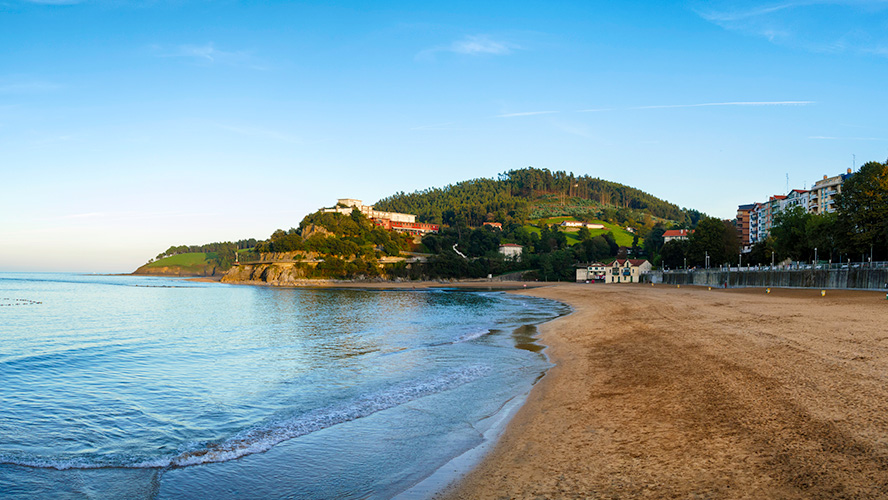
Where to eat in Lekeitio: flavours from land and sea in every dish
Lekeitio’s cuisine is rich and varied — and outstanding, thanks to the quality of its fresh ingredients from both land and sea. One place you won’t want to miss is the Mesón Arropain, renowned for its excellent fish and seafood mixed grill, all prepared using the finest produce from the local port. This establishment is also famous for its pintxos and its traditional dishes, such as bacalao a la vizcaína [Biscay-style cod].
Another highly recommended option is Lumentza Taberna, a family-run restaurant which brings a modern touch to traditional Basque cooking. The dishes served here, from the marmitako de bonito [tuna stew] to the beef steak, are an ode to Basque cuisine. Moreover, its pintxos and raciones are the perfect accompaniment to a glass of good txakoli or a local cider.
What you can see in the surrounding area: a tenth-century monastery and a forest that is a work of art
Beyond Lekeitio, visitors can discover the natural beauty and culture offered by the district of Lea-Artibai. Close by is the Monastery of Zenarruza, a place of spiritual retreat in a magnificent natural setting. This old monastery, founded in the tenth century, offers an interesting tour of its church, cloister and its small museum.
Another point of interest is the Bosque de Oma [Forest of Oma], an open-air work of art created by the painter and sculptor Agustín Ibarrola. This ‘painted forest’, located in Kortezubi about a 30-minute drive from Lekeitio, is a unique spot where nature and art blend together in an unrivalled sensory experience.
